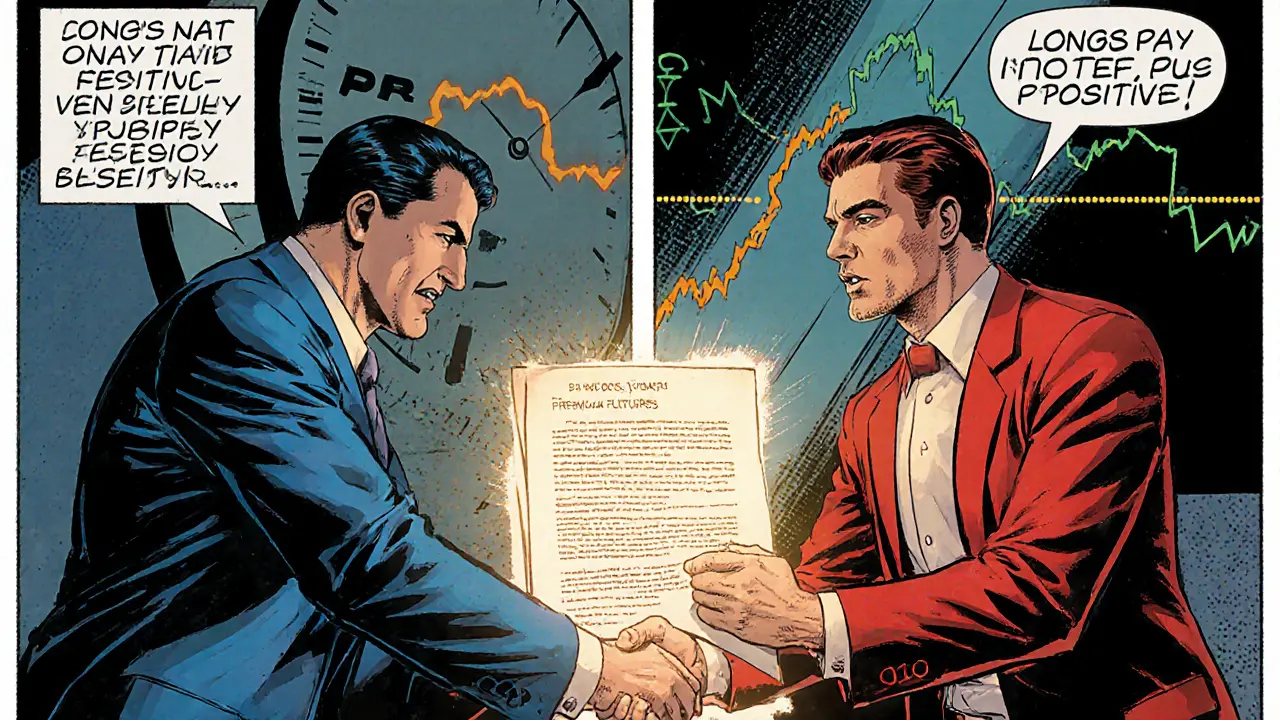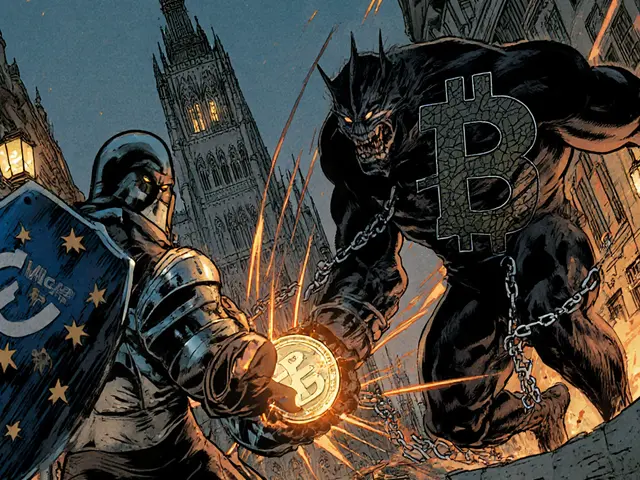Perpetual Futures: A Practical Guide to Crypto Derivatives
When working with Perpetual Futures, a type of crypto derivative contract that never expires and settles through periodic funding payments. Also known as crypto perpetual swaps, they let traders hold long or short positions without owning the underlying asset. perpetual futures have become a cornerstone of modern crypto markets, offering high leverage, continuous exposure, and the ability to capture price moves 24/7.
These contracts belong to the broader family of crypto derivatives, financial instruments whose value is derived from a reference cryptocurrency like Bitcoin or Ethereum. Derivatives enable risk management, speculation, and arbitrage across platforms. A key driver for perpetual futures is the funding rate, the periodic payment exchanged between longs and shorts to keep the contract price aligned with the spot market. When the rate is positive, longs pay shorts; when negative, the reverse. This mechanism creates a direct feedback loop: funding rates influence trader sentiment, which in turn adjusts the rate, shaping market dynamics.
To trade perpetual futures you need to understand margin trading, the practice of borrowing capital to amplify position size, backed by collateral that can be liquidated if losses exceed a threshold. Margin requirements set the minimum collateral needed, while leverage determines how many times your exposure exceeds that collateral. Proper margin management reduces the chance of forced liquidation, a process where a trader’s position is closed automatically to protect the platform’s solvency. Liquidation risk is especially high during volatile swings, making risk controls like stop‑losses and position sizing essential.
Why Perpetual Futures Matter for Every Trader
Perpetual futures synthesize three core ideas: continuous exposure, funding‑rate equilibrium, and leveraged margin. The contracts encompass (1) constant market access without rollover, (2) funding mechanisms that tie contract price to spot price, and (3) margin requirements that dictate leverage levels. As a result, they require traders to monitor not only price charts but also real‑time funding rates and collateral ratios. This trio of elements—exposure, funding, margin—creates a dynamic where savvy participants can profit from both directional moves and the funding arbitrage itself.
Platforms that list perpetual futures—such as Binance, Bybit, and Kraken—offer built‑in tools for tracking funding rates, margin health, and liquidation price. Understanding how these tools interact helps you gauge trade viability. For instance, a high positive funding rate may signal over‑bought longs, hinting at a potential short opportunity, while a negative rate could indicate long‑side pressure. Combining this insight with solid risk management—setting stop‑losses, adjusting leverage, and maintaining a buffer above liquidation thresholds—keeps you in control even when markets swing wildly.
The collection below dives deeper into real‑world examples and advanced tactics. You'll find analysis of modular blockchain projects that impact data availability for DeFi derivatives, case studies on how funding rates behaved during major market events, and step‑by‑step guides on safeguarding validators to avoid slashing—an often‑overlooked risk for high‑leverage traders. Whether you're exploring the mechanics of perpetual swaps, learning how funding rates influence arbitrage, or looking for tips on margin protection, these posts give you actionable knowledge to trade smarter.
Ready to see how perpetual futures fit into the broader crypto landscape? Browse the articles below to sharpen your strategy, understand the nuances of funding, and master the risk tools every trader needs.






